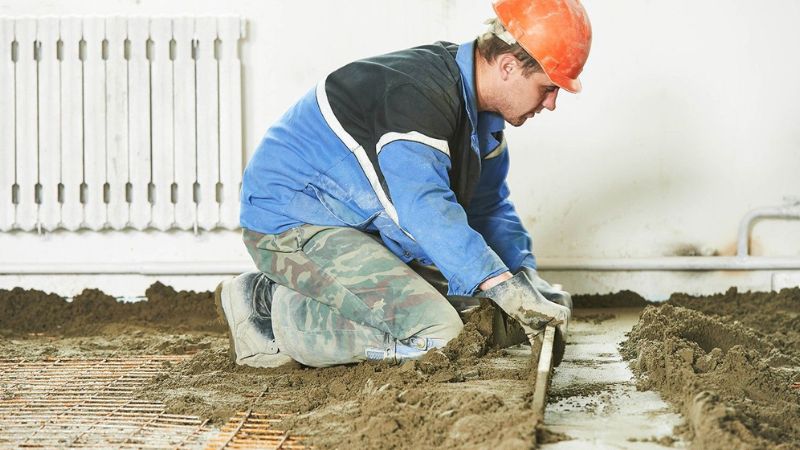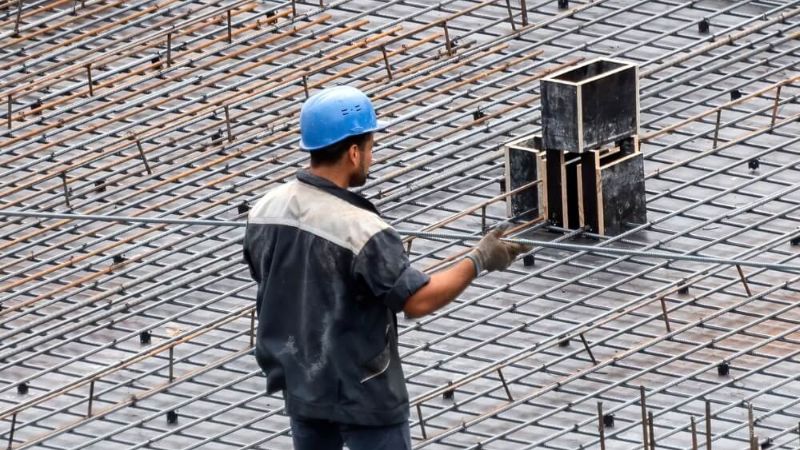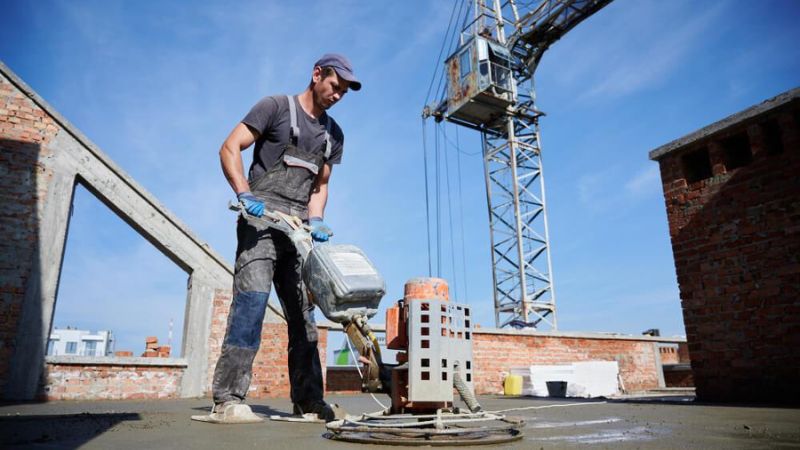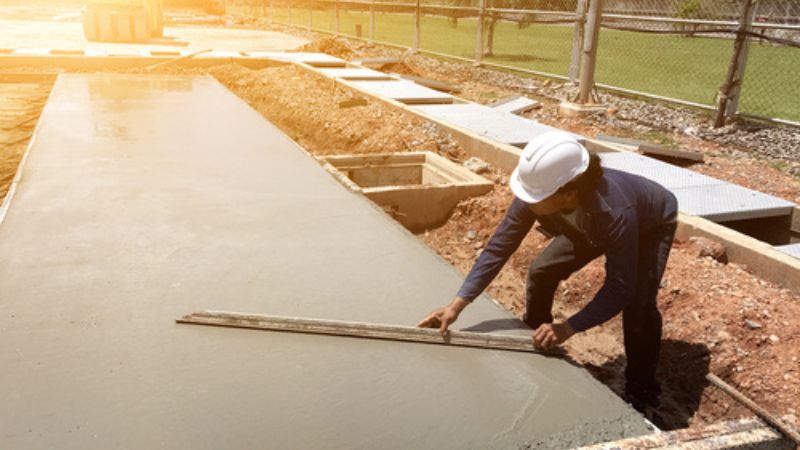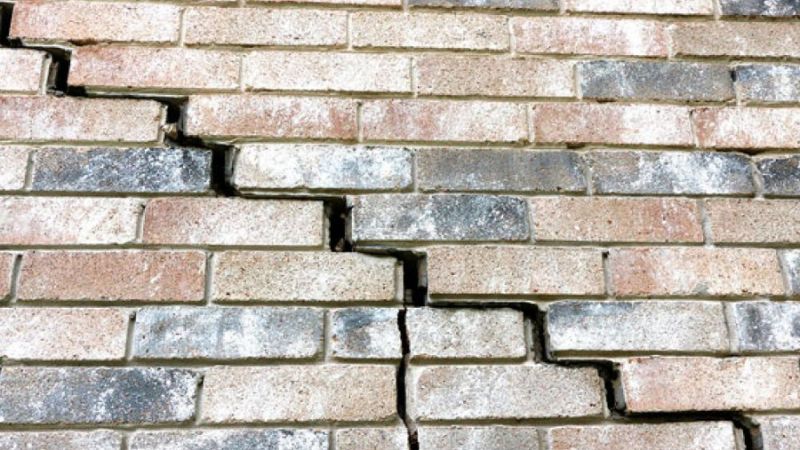The foundation of a home is its bedrock, providing crucial support and stability to the entire structure. Just as a tree relies on its roots, a house depends on its foundation to remain secure and level. When foundation issues arise, they can have a cascading effect, leading to significant structural problems and costly repairs if left unaddressed. Homeowners must be vigilant and aware of the warning signs that indicate potential foundation problems.
Identifying these signs early can prevent further damage, ensure the safety of the household, and maintain the value of the property. This article explores nine key indicators that your home may need foundation repair, offering insights into what to look for and why immediate attention is essential. By understanding these warning signs, you can take proactive steps to safeguard your home and avoid the substantial expenses and inconveniences associated with major foundation repairs.
Signs Your Home Needs Foundation Repair
Cracks in Walls and Floors
Vertical, horizontal, or stair-step cracks in walls are often the first visible signs of foundation issues. Vertical cracks can indicate settling, while horizontal cracks may suggest pressure from the soil against the foundation. Cracks in floors, especially if they are widening or accompanied by unevenness, can also signal foundation movement, requiring professional evaluation and repair to prevent further damage.
Also Read :10 Benefits of Waterproofing Your Basement
Doors and Windows Sticking
Difficulty opening or closing doors and windows can result from shifts in the foundation that cause frames to become misaligned. This occurs as the foundation settles unevenly, affecting the squareness of door and window frames. Persistent sticking or jamming indicates the need for foundation inspection to determine the extent of the movement and necessary repairs to realign structures properly.
Uneven or Sloping Floors
Floors that exhibit noticeable slopes or dips indicate potential foundation settlement or heaving. Uneven flooring often results from soil movement beneath the foundation, leading to structural instability. Professional foundation repair specialists can assess the degree of floor unevenness and implement solutions such as underpinning or leveling to restore the foundation’s integrity and prevent further floor damage.
Gaps Around Windows and Doors
Gaps between window or door frames and walls suggest that the foundation has shifted, causing structural components to move out of alignment. These gaps can lead to energy inefficiency, drafts, and further structural instability if left unaddressed. Repairing the foundation to stabilize the structure and reposition doors and windows within their frames is crucial to maintaining the integrity and functionality of your home.
Sagging or Bowing Walls
Walls that sag inward or bow outward indicate significant foundation movement or soil pressure against the foundation walls. This can compromise the structural integrity of your home and pose safety risks if not promptly addressed. Professional foundation repair techniques such as wall anchors or braces may be necessary to stabilize and reinforce affected walls, preventing further deformation and ensuring the longevity of your home’s structure.
Water Damage or Moisture in the Basement
Persistent moisture, dampness, or mold growth in the basement are often signs of foundation issues such as cracks or poor drainage around the foundation perimeter. Water seepage through foundation walls or floors can weaken the foundation over time and lead to structural damage. Addressing the underlying foundation problems and improving drainage systems are essential steps to prevent ongoing water damage and maintain a dry, stable basement environment.
Also Read :9 Common Basement Waterproofing Mistakes to Avoid
Foundation Settling or Sinking
Visible signs of foundation settling or sinking, such as cracks in exterior brickwork or noticeable dips in the foundation, indicate that the soil beneath the foundation is shifting or compacting unevenly. This can compromise the foundation’s load-bearing capacity and lead to structural instability. Professional foundation repair methods such as underpinning or soil stabilization are necessary to restore the foundation’s stability and prevent further sinking or settling.
Chimney Damage
Damage to the chimney, such as leaning, cracking, or separation from the house, often indicates foundation movement affecting the structure’s stability. Chimney issues can result from foundation settlement or soil erosion beneath the foundation, causing the chimney to shift or crack. Addressing the underlying foundation problems and stabilizing the chimney structure are crucial to preventing further damage and ensuring the safety and functionality of your home’s heating system.
Nail Pops
Nail pops occur when nails in drywall or sheetrock protrude or create bumps on the wall surface due to foundation movement. As the foundation shifts, it can cause the walls to move, pushing nails through the drywall or causing it to crack. Addressing the underlying foundation issues and repairing drywall or sheetrock damage are essential to restore the aesthetic appearance and structural integrity of your home’s interior walls.
Conclusion
Recognizing the signs of foundation problems early is crucial to maintaining the integrity and value of your home. From cracks in walls to uneven floors, these indicators should not be ignored. Timely detection and professional assessment can prevent minor issues from becoming major, costly repairs. Ensuring your home’s foundation is stable and secure not only safeguards your investment but also provides peace of mind. If you notice any of these signs, seek expert advice promptly to protect your home and its future.
FAQs
What are the common signs that indicate foundation problems?
Description of cracks in walls, uneven floors, sticking doors and windows, etc.
How serious are foundation cracks?
Explanation of how cracks can indicate underlying structural issues and potential risks if not addressed.

